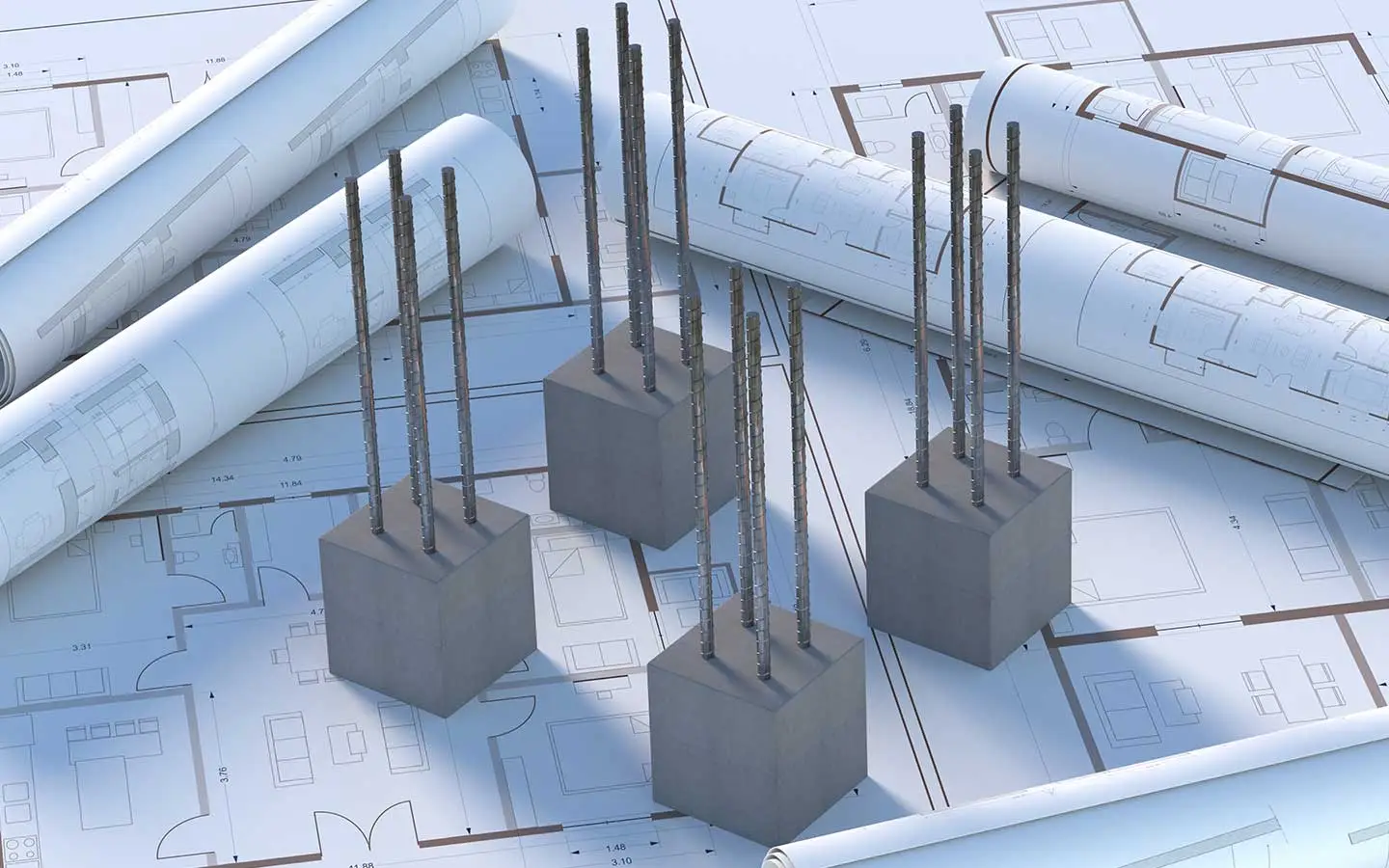For commercial property owners in New Zealand, few things are as daunting as a notice deeming your building earthquake-prone. The complexities of New Building Standard (NBS) ratings, legal obligations, and engineering reports can feel overwhelming. It’s a situation fraught with uncertainty, leaving many landlords unsure of the right path forward.
However, addressing your building’s seismic resilience is more than just a matter of compliance. It is a fundamental step in protecting your investment, ensuring the safety of your tenants, and securing the long-term value of your asset. Understanding the process is the first step toward transforming a challenge into a strategic opportunity.
This guide will demystify NBS ratings and outline the clear, methodical process of seismic strengthening, turning confusion into confidence.
Understanding Your NBS Rating
The New Building Standard (NBS) rating is a percentage that indicates how a building measures up to the structural standards required for a new building on the same site. A building with a rating of less than 34% NBS is officially considered earthquake-prone. This rating is not just a number; it is a critical indicator of your building’s performance in a seismic event and triggers specific legal obligations for you as the owner.
Beyond Compliance: Protecting Your Asset
While an Earthquake-Prone Building (EPB) notice mandates action, the benefits of seismic strengthening extend far beyond ticking a regulatory box. A proactively strengthened building with a high NBS rating is a more valuable, marketable, and secure asset. The key advantages include:
Enhanced Tenant Safety: Providing a safe environment is a landlord’s primary responsibility.
Increased Property Value: A high NBS rating is a significant value-add for potential buyers and tenants.
Improved Insurability: Many insurers offer better premiums for seismically resilient buildings.
Business Continuity: Strengthening minimises damage and disruption in an earthquake, protecting your tenants’ operations and your rental income.
The Path to a Resilient Building
A successful strengthening project follows a clear, structured pathway managed by building strengthening contractor experts. The process involves an Initial Seismic Assessment (ISA) to determine the NBS rating, followed by a Detailed Seismic Assessment (DSA) if required. From there, our engineers develop a bespoke strengthening solution that is both effective and cost-efficient, before our project managers execute the physical works with precision.
The Fitz Consulting Approach: Integrated Expertise
At Fitz Consulting, we understand the pressures facing commercial landlords. Our integrated design-build model provides a single point of accountability for your entire seismic strengthening project. We manage the process from the initial engineering assessments and council consents through to the final construction and sign-off. Our team works diligently to create solutions that not only achieve compliance but also enhance your building’s long-term value, all while minimising disruption to your tenants.
Secure Your Investment’s Future
Concerned about your building’s NBS rating or facing an EPB notice? Taking decisive action is the key to protecting your asset and the people within it.
Contact Fitz Consulting today for a confidential consultation with our structural specialists and take the first step toward a safer, more resilient property.

